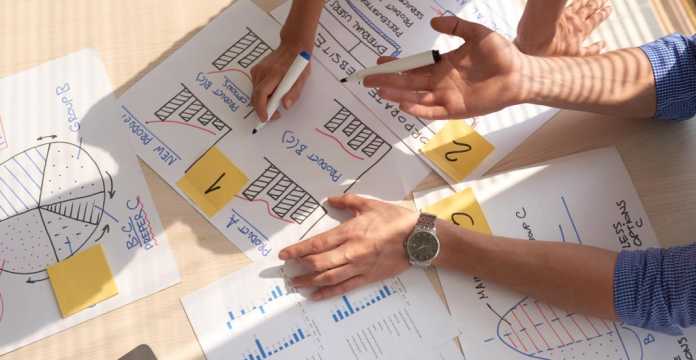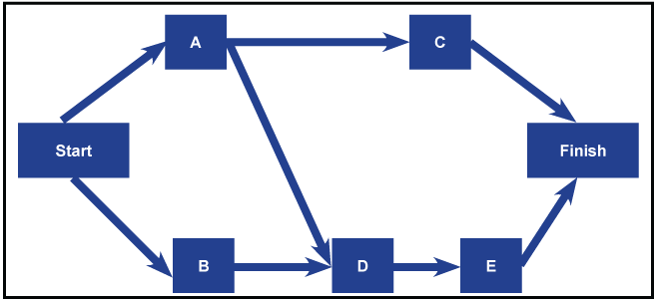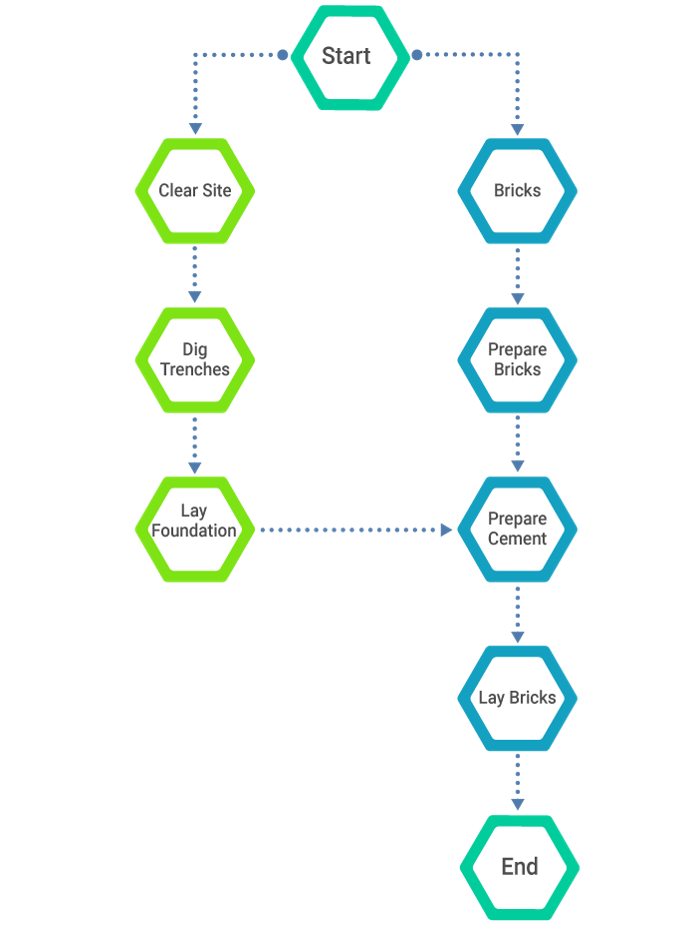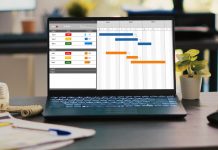
With many complex responsibilities involved in handling a project, Project Management as a task has become even more challenging. The tools to assist that help accomplish the project and execute the duties and supporting software, the widely used network techniques are more than half a century old. Thus, project managers should consider techniques or methods that best suit their management style. This article provides an overview of the precedence diagramming method including how to draw a precedence diagram & the types of precedence diagramming methods in Project Management.
What is the Precedence Diagramming Method (PDM)?
A strategy for scheduling activities in a project plan, the precedence diagramming method (PDM) is a strategy for developing a project schedule network diagram that utilizes nodes to represent activities and associates them with projectiles that illustrate the dependencies. This method is the activity-on-node (AON).
Alluding to a particular project management technique, the project team utilizes a schedule network diagramming procedure to graphically represent any acknowledged and preexisting schedule activities through the utilization of nodes.
The most significant advantage of using the precedence diagramming method is that it quickly allows the project team to understand all the scheduled activities and their affiliates with each other.
How to Create the Precedence Diagramming Method (PDM)?
To build the precedence diagramming method (PDM) the preliminary step in planning is to work on the Work Breakdown Structure. The entire project becomes more comfortable when you break down the tasks to perform the activities. Knowing the capacities that it is fundamental to finish the assignment on time, you likewise need to know in what order the project should be completed. To do this, we need to create a precedence diagram.
Below mentioned are a few steps that articulate creating a precedence diagram:
- Ensure that you have a whiteboard or flip-chart paper to draw your plan
- Put the top deliverable from your work breakdown structure onto the right-hand side of the board or on paper
- Take each of the lowest levels and post it from your breakdown structure and arrange them in the order in which they need to happen.
- Work from the left until you have the dependencies between the tasks and you have a sequence of functions running from left to right.
As a project manager, ensure that your emphasis is on project sequence. As you put effort into the activities, you may come across additional tasks that have to finish, and henceforth you can incorporate the equivalent in the precedence diagram and to the work breakdown structure. At last draw bolts between the assignments that connect up, and ensure that there aren’t any tasks sitting isolated.
Types of Precedence Diagramming Method Relationships
The significant output in the sequence activities process is the network diagram. Amidst the sequence activities process, the activities that are explained in the defined activities process are sequenced as specific activities that rely upon one another. While the network diagram shows the project activities and presents the interrelationships of activities, the precedence diagramming method (PDM) is the most widely recognized strategy to draw network diagrams. So it is normal for certain affiliates and dependencies between the activities in the precedence diagramming method.
With the precedence diagramming method, four types of relationships are there in the activities to complete the network diagram of a project. They are:
- Finish-to-Start (FS) is the most common dependency type between activities. Activity can’t begin before a predecessor activity completes. At that point, a Finish-to-Start dependency needs to be present between these exercises.
- Start-to-Start (SS) is a kind of dependency that shows that two activities determine when to start together.
- Finish-to-Finish (FF) in a project illustrates that two activities in a project are determined to finish together.
- Start-to-Finish (SF), a unique type of dependency on projects, can be utilized instantly along with the supply chain materials for instance. In this type of dependency, Activity B can finish only after Activity A starts.
Types of Dependencies in Precedence Diagramming Method
- Mandatory Dependency or hard logic is an integral part of the work. For instance, if you’re working on a project, you cannot test a screen that is yet to be developed entirely in the project. Consequently, in this case, there is a mandatory dependency between the development and testing of the screen.
- Discretionary Dependency also referred to as preferential or soft logic is controlled by the project team and can be changed to abbreviate the project. In this technique, activities stay the same, yet, the order changes.
- External Dependency comes from outside of the project — for instance, a government regulation expected to finish before proceeding with the outstanding project activities.
- Internal dependency is a method that involves a precedence relationship between project activities. For instance, if there are activities appointed to a member of the project team, he can’t begin to work on that until the previous project finishes even though there is no mandatory dependency.
Example of Precedence Diagramming Method
A visual representation technique prepares the project schedule network diagrams, here is a precedence diagramming method example that analyzes the basics and will help you understand the whole process.
In the example mentioned above, activities are A, B, C, D, F, G, H, and I. Durations are the numbers above the boxes. Activity B is a predecessor activity that logically comes before a dependent activity F in this network system. Activity F is a successor activity A dependent activity that inevitably occurs after Activity F. There is an F-S Relationship between activity B and F.
Step 1: PDM Forward Pass Calculation specifies the minimum dates at which each activity can be performed and, ultimately, the minimum duration of a project.
Step 2: PDM Backward Pass Calculation determines the latest dates by which each activity can be performed without increasing the project’s minimum duration.
Step 3: PDM Float Calculation for Each Activity
Total float is the amount of delay that an activity faces without delaying the project completion date. Float is 0 on the critical path.
Float : LS – ES = 17-7 = 10
Total Float: LF – EF = 27-17 = 10
You calculate the total float by subtracting the Early Start date of activity from its Late Start date. Or, the Early Finish date from its Late Finish date.
Step 4: PDM Identifying the Critical Path
When we analyze the network diagram, we will see that there are some paths and every path has a duration.
The precedence diagramming method has its activity-on-node network and additional precedence relationships. It offers a simpler and increasingly adaptable system way to deal with demonstrating large projects. PDM enhances the project planner’s ability to precisely demonstrate large projects. And, the clients ought to know about and be ready to adequately manage its highlights.
Conclusion
Project planning is the anchor of the Project Management strategy in any organization. Apart from the precedence diagramming method, there are several other activities that can make a project efficient in terms of efficiency and productivity. Learn more about such best practices and skills in Project Management with PMP Certification Training Online and take your career to the next level.
Know more about Project Management best practices through Invensis Learning’s Project Management certification training on PMP Classroom Training, Online CAPM Course, Prince2 Training Online, Project Management Fundamentals, etc.
























